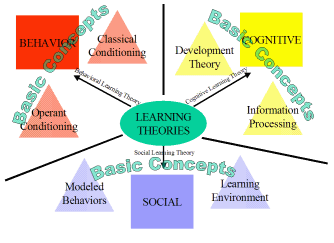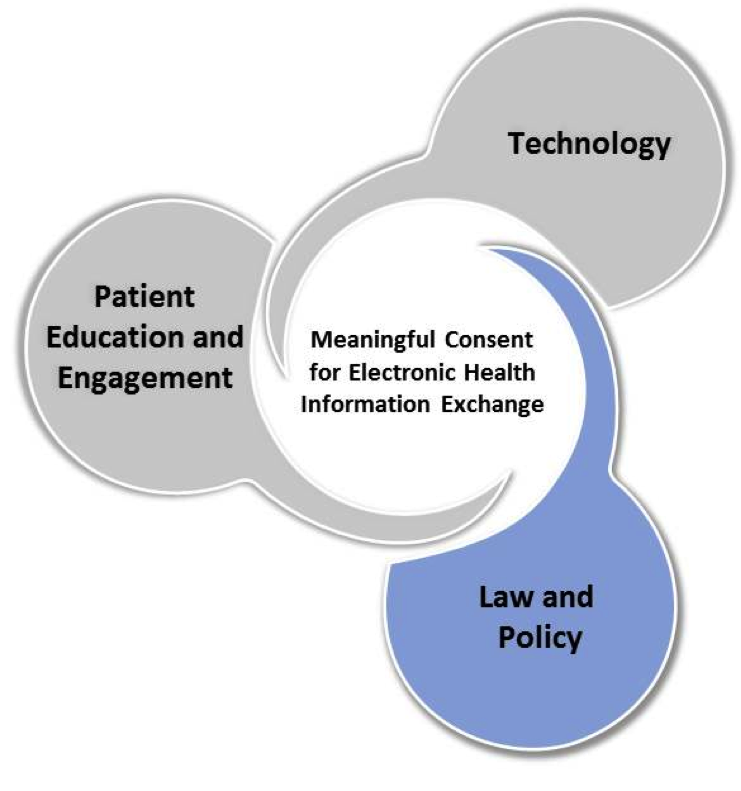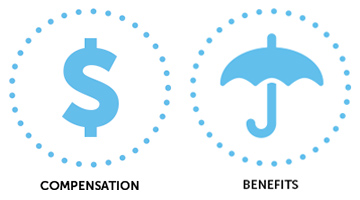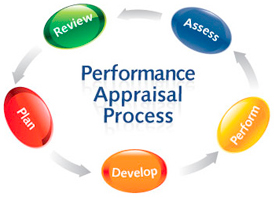How would you define HRD?
HRD is matching the organizations needs for human resources with the individuals needs for career growth and development.
What is the scope of HRD?
HRD is matching the organizations needs for human resources with the individuals needs for career growth and development.
What is the scope of HRD?
- HRD aims at anticipating the needs of the organization and meeting them in a planned way.
- It includes developing the capabilities of line managers to handle development, grievances, performance appraisal and punishment of their team.
- It emphasizes on motivating the employees and building up a good work culture.







